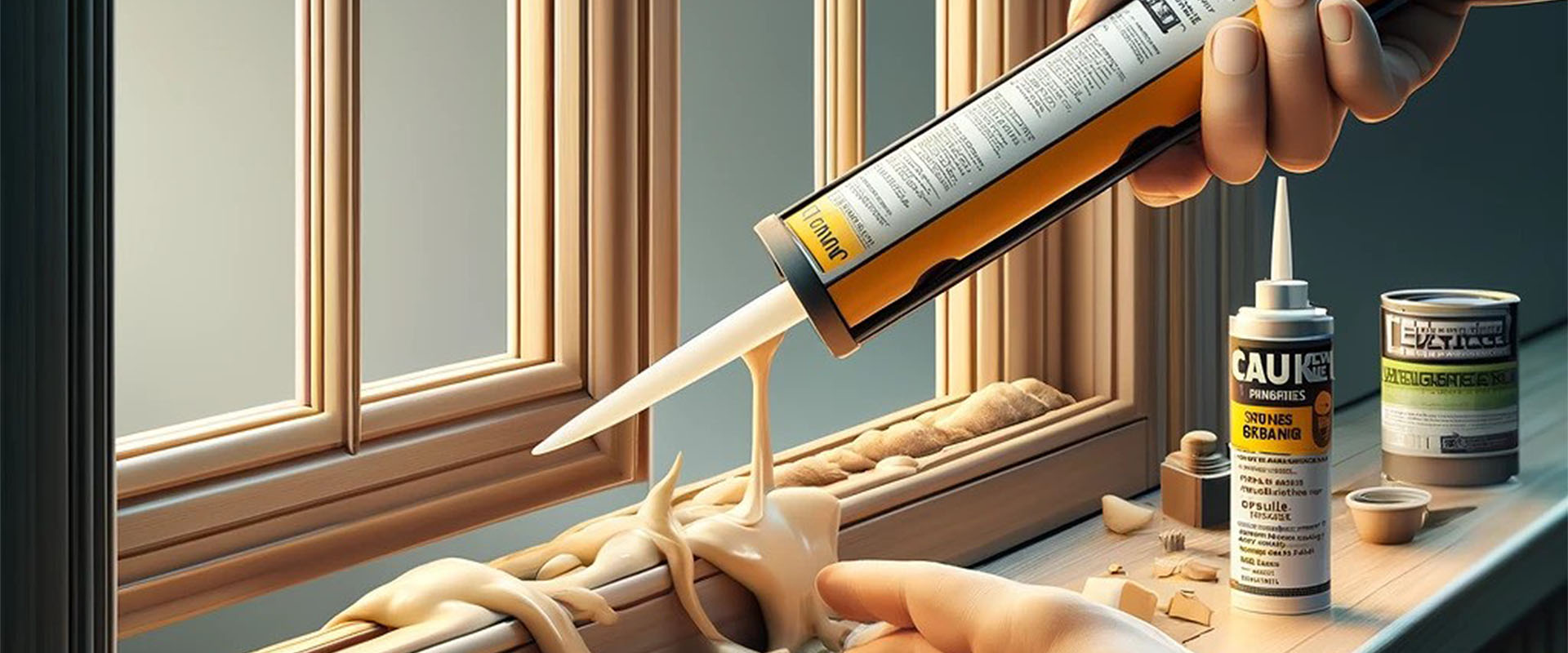With the expected increases in electricity rates, including a significant increase affecting small and medium-sized businesses (SMEs) as reported by
the Journal de Montréal, it is becoming crucial for homeowners to find effective methods to reduce their energy costs. Window caulking is an often underestimated but extremely effective solution. This comprehensive guide will explore why and how caulking your windows can play a crucial role in reducing your energy bills and improving the comfort of your home or business.
In this article, we will detail the types of caulking available, the methods of application and the long-term benefits of this economical practice. Get ready to transform the way you manage your energy consumption, reducing costs while helping to preserve the environment.
Understanding Window Caulking

What is caulking?
Caulking is a technique used to seal openings and cracks around windows and other building openings to prevent the infiltration of cold air in the winter and warm air in the summer. In addition to its insulation benefits, caulking also helps to block the entry of dust, insects and moisture, thus enhancing indoor comfort and air quality.
Table 1: Types of Caulking and Their Applications
| Type of caulking |
Recommended Applications |
Durability |
Cost |
| Silicone |
Exterior, non-porous |
Very high |
High |
| Acrylic |
Interiors, paintings |
Average |
Moderate |
| Polyurethane |
Exteriors, wide joints |
High |
High |
| Latex |
Interior, easy to paint |
Bass |
Weak |
How do I choose the right type of caulking?
The choice of caulking type depends on several factors, including the location of the application (interior vs. exterior), the type of materials around the windows (wood, metal, PVC), and the temperature range in your area. It is essential to choose caulking that not only fits well with the materials of your window frame but also offers optimal resistance to local climatic conditions.
Effective caulking techniques
Steps for successful caulking
- Surface preparation: Thoroughly clean all surfaces to be caulked to remove dust, dirt and old caulking. This ensures better adhesion of the new caulking.
- Application: Use a caulking gun to apply the caulk evenly. Be sure to fill cracks and gaps completely to prevent air leakage.
- Smoothing: Smooth the caulk with a wet finger or a smoothing tool to press the material into the openings and create a smooth surface.
Caulking Maintenance
Proper maintenance is crucial to prolong the life of your caulk. Regularly inspect the seals around the windows and replace any caulking that is starting to crack, shrink or come loose. Proper maintenance can not only prolong the integrity of your insulation, but also prevent higher repair costs in the long run.
Maximize your energy savings with caulking
Caulking is a simple yet powerful method to improve the energy efficiency of your home or business. By effectively sealing air leaks around windows, you can significantly reduce your energy bills, improve indoor comfort, and contribute to environmental sustainability. With the right techniques and regular maintenance, caulking is an investment that pays off well beyond its initial cost.
With expected energy costs rising, it has never been more important to adopt energy-saving practices. Take control of your energy consumption today by optimizing the airtightness of your building with effective caulking





